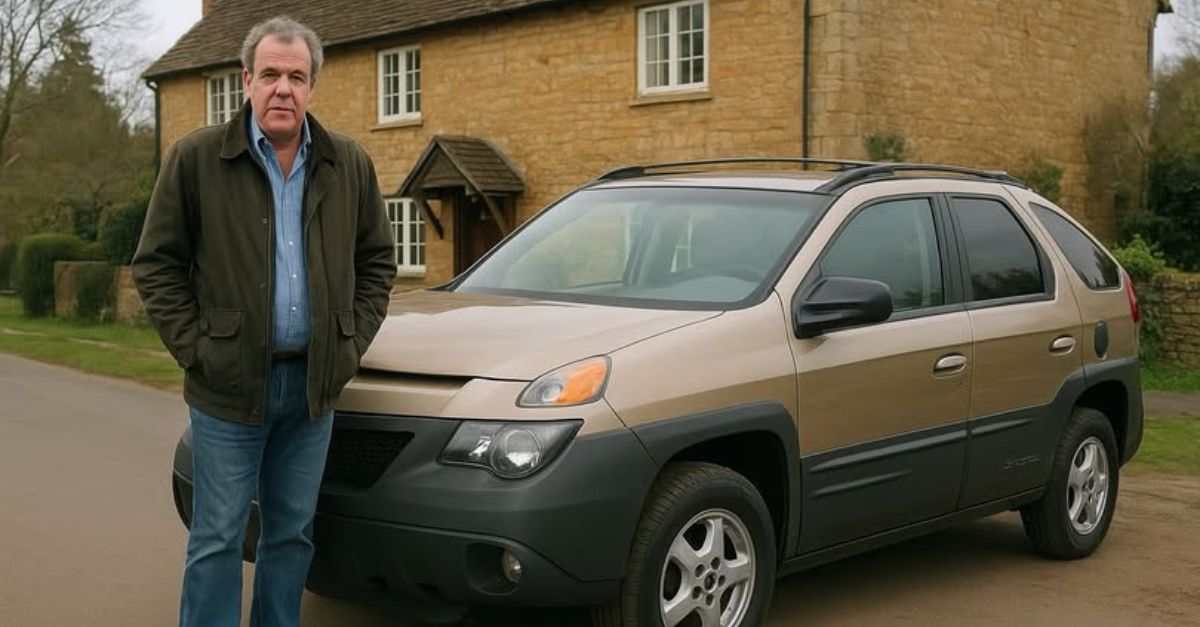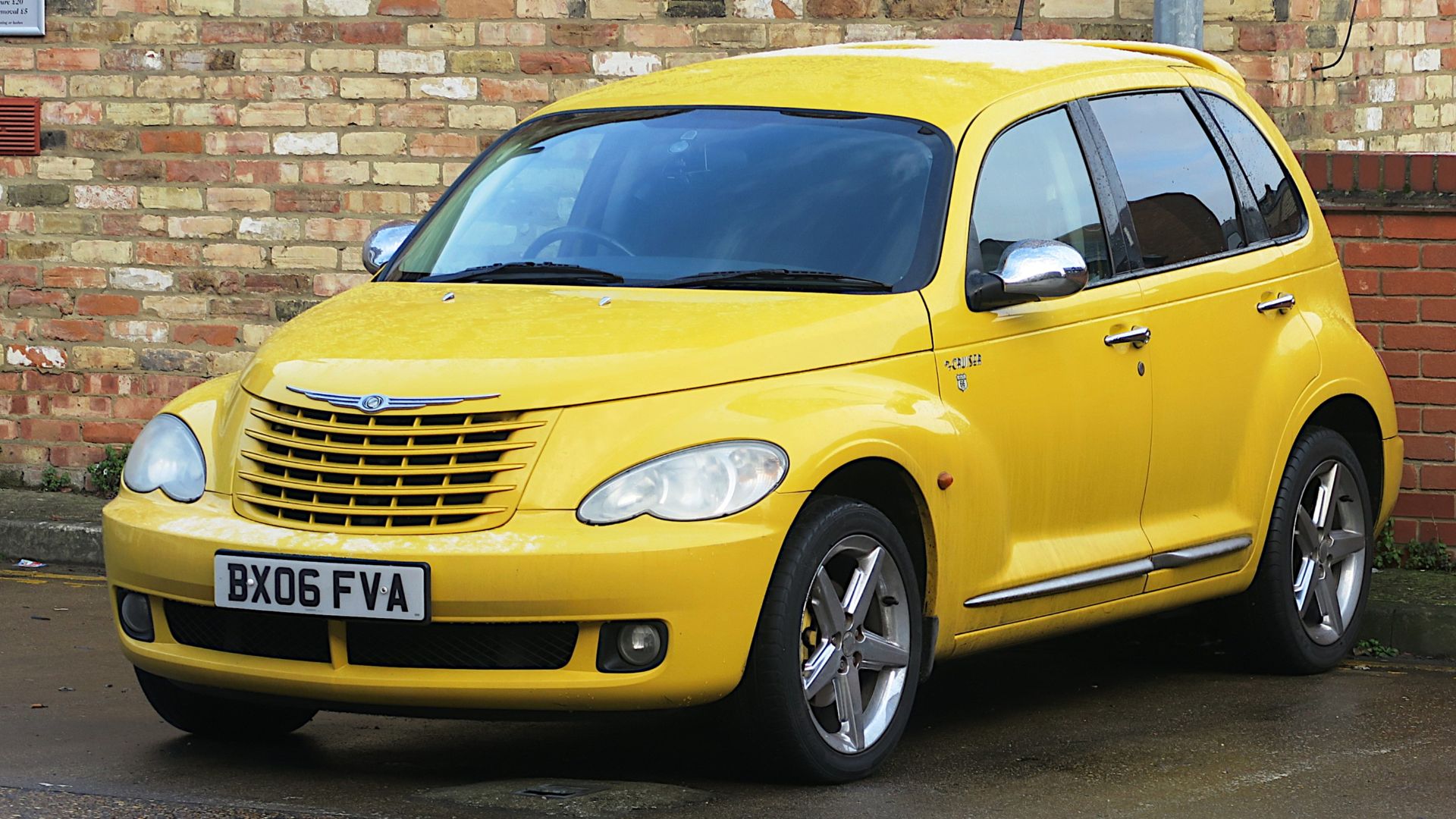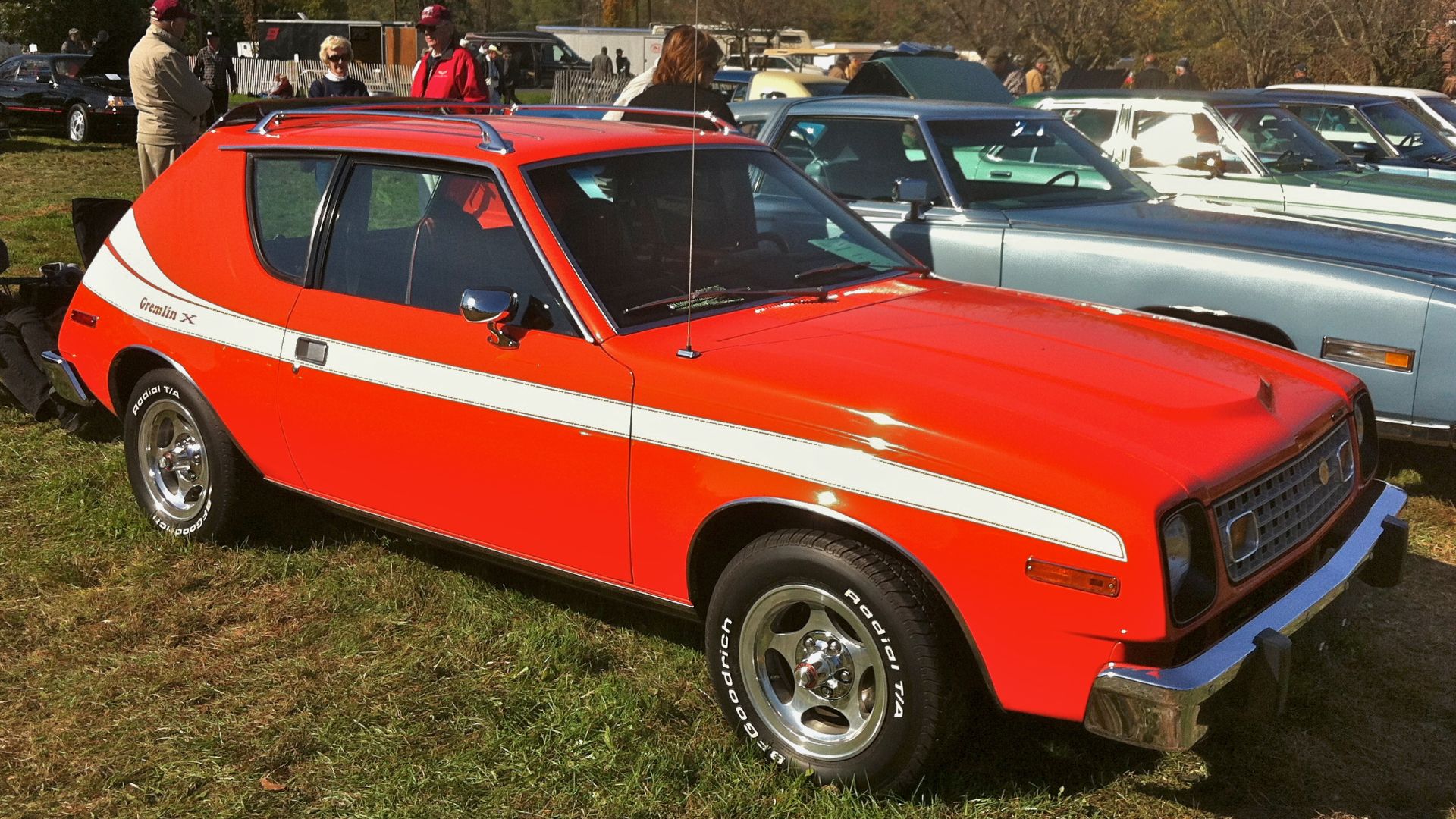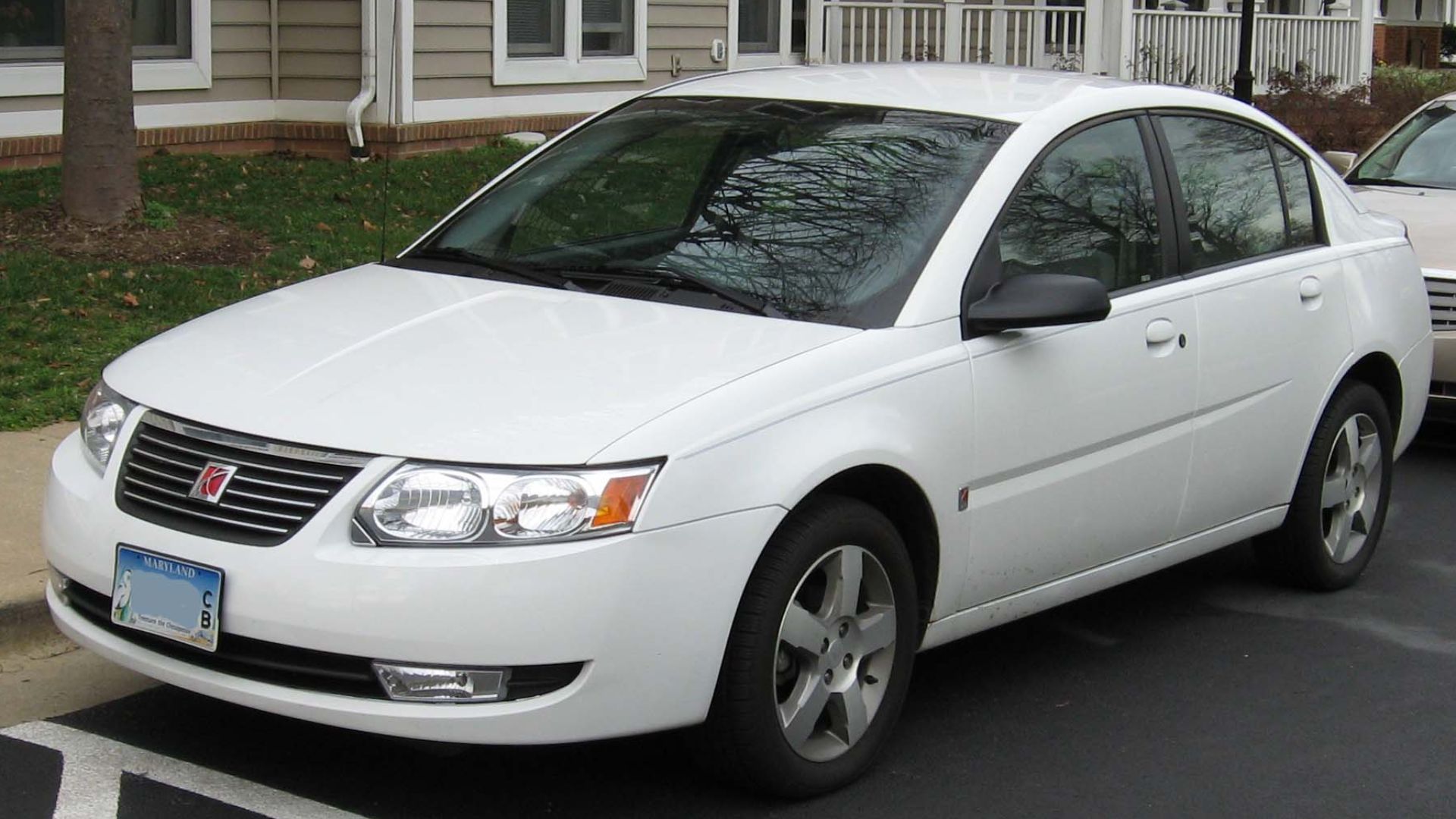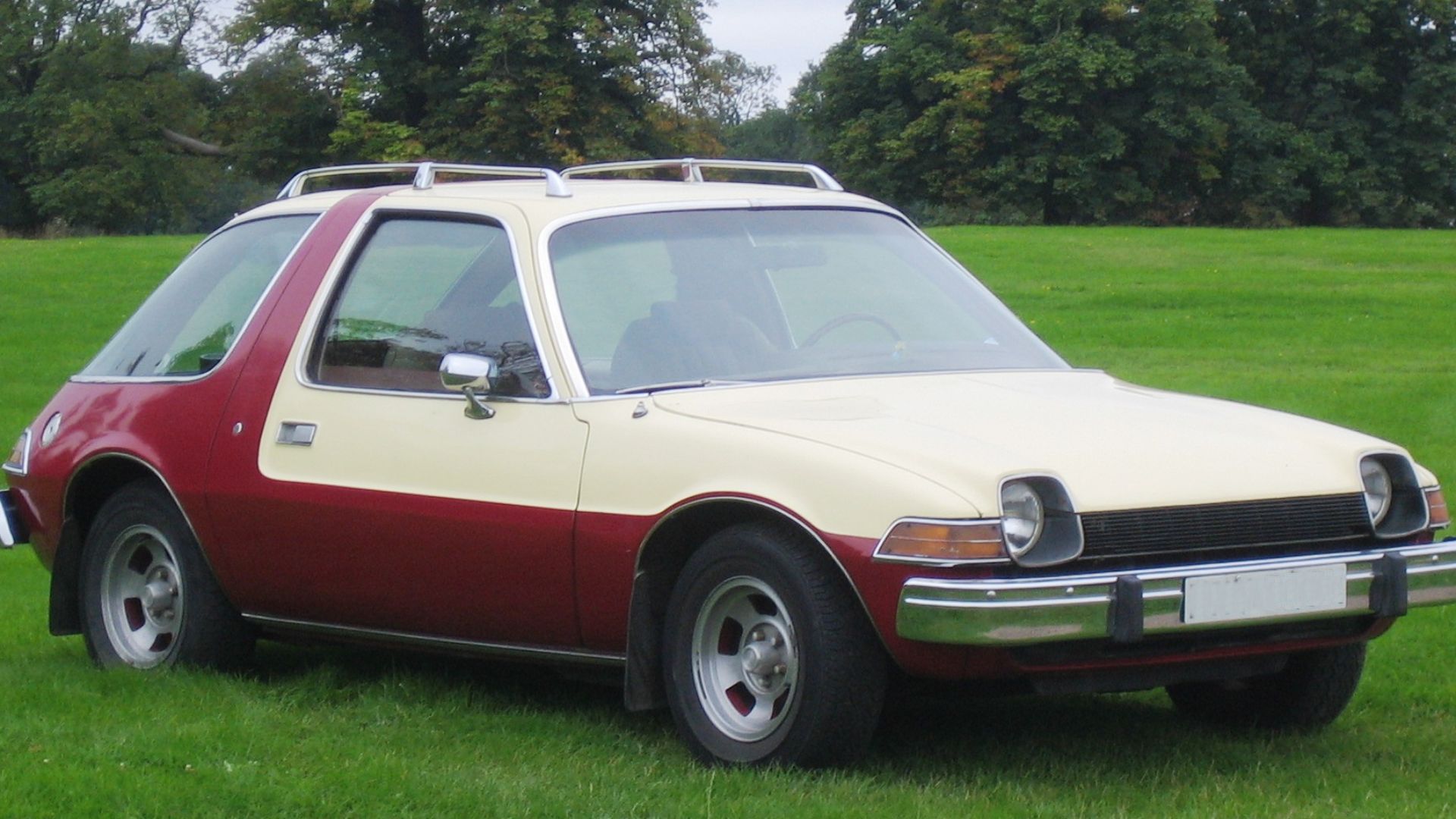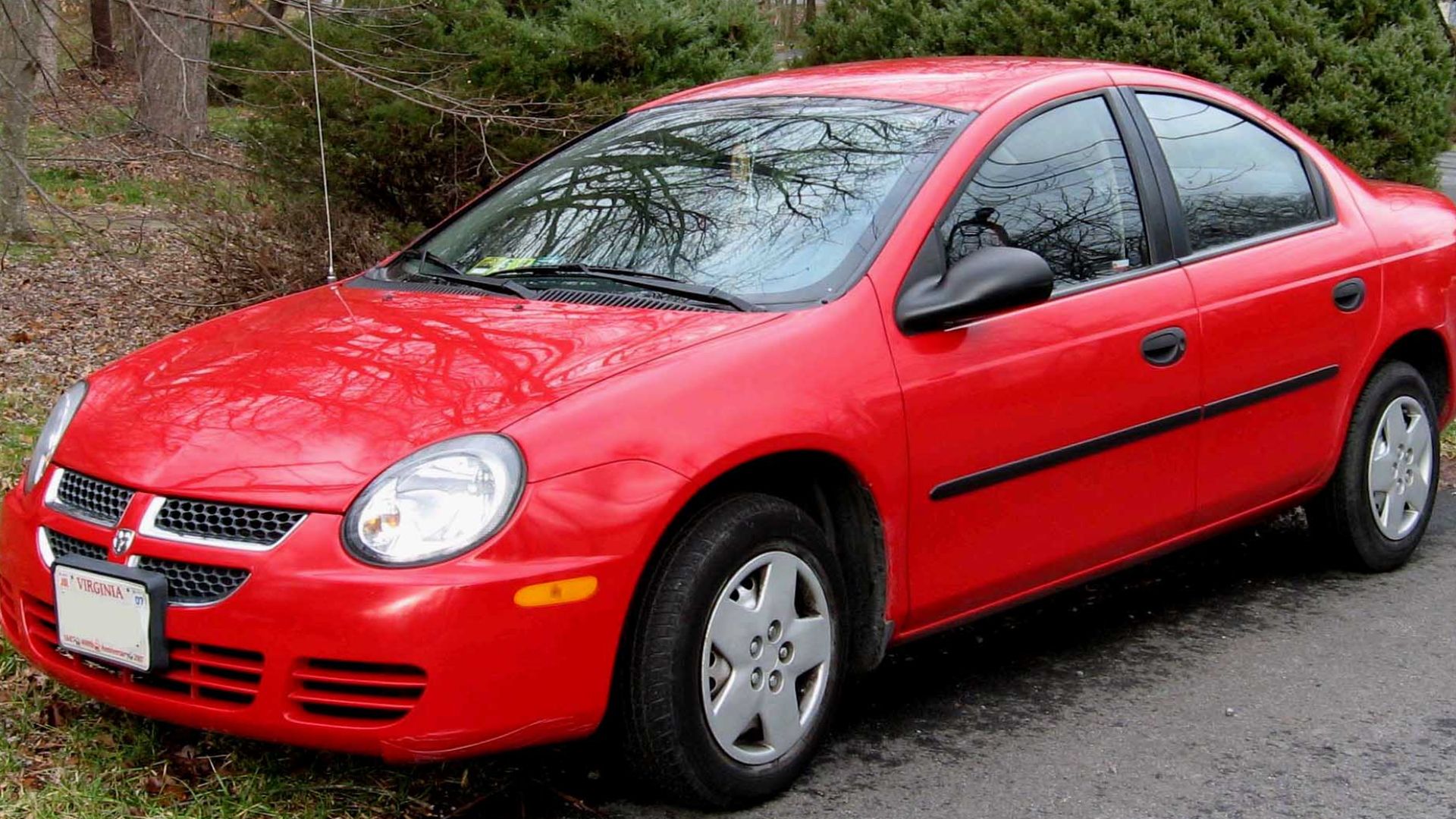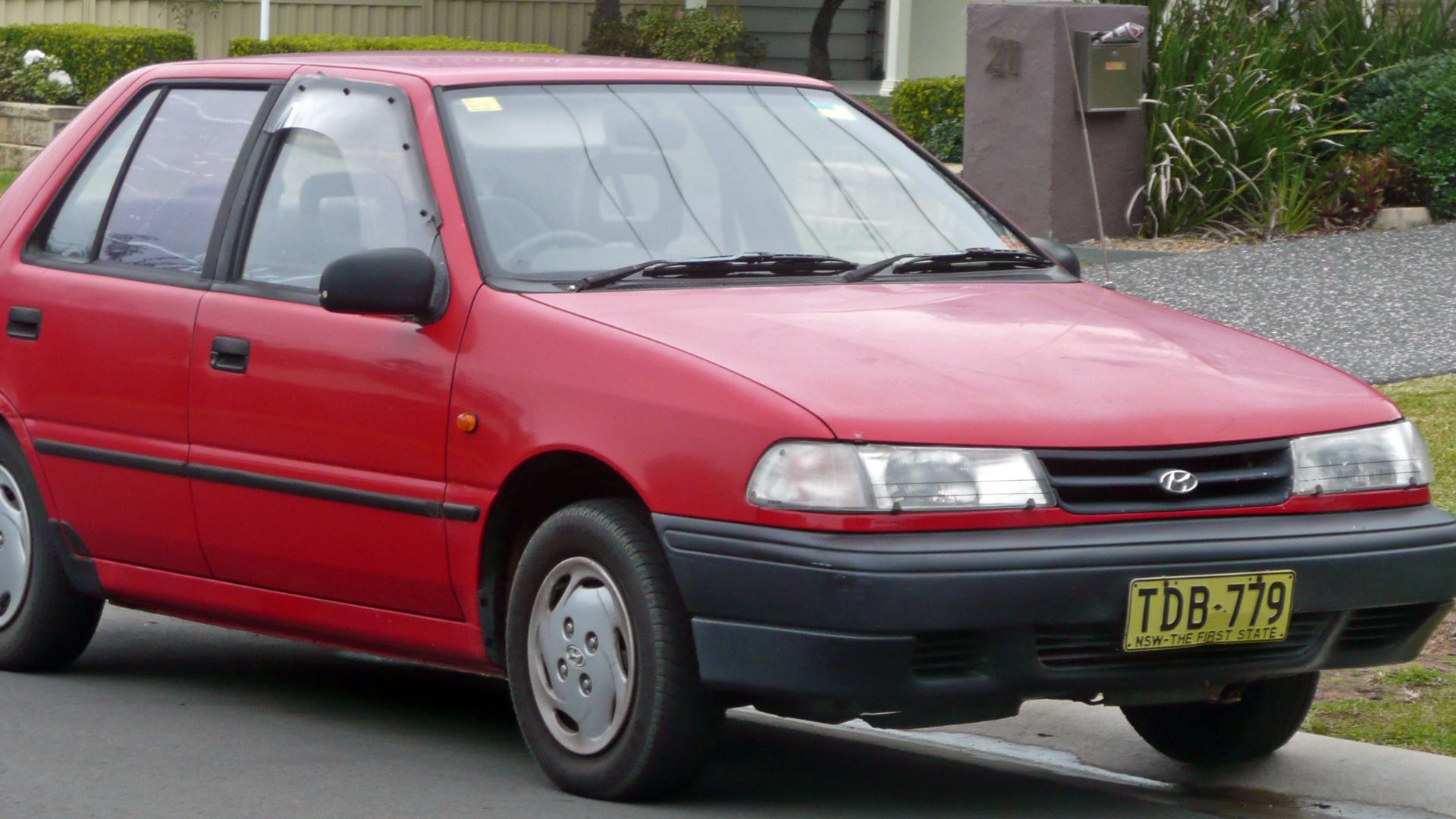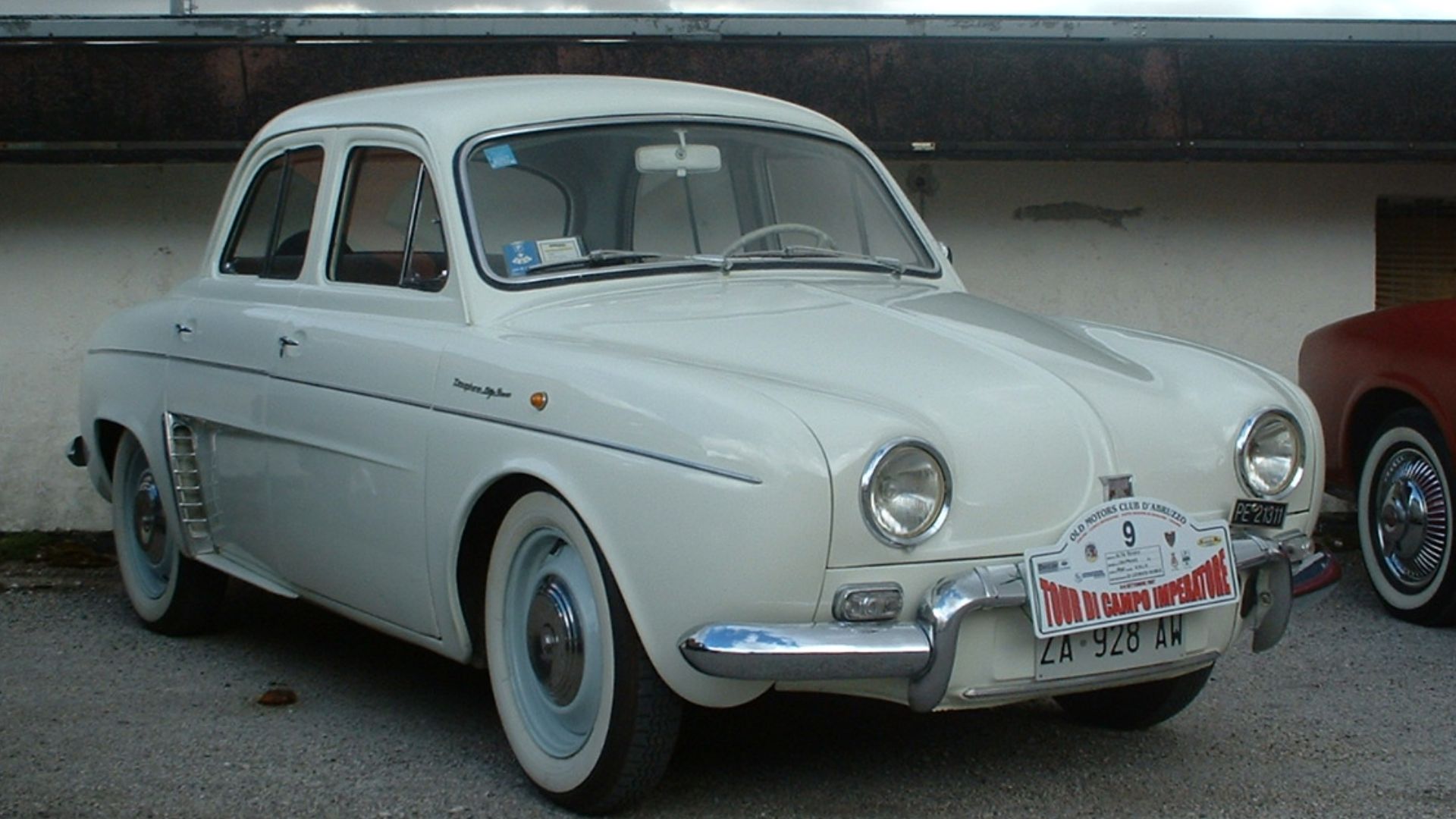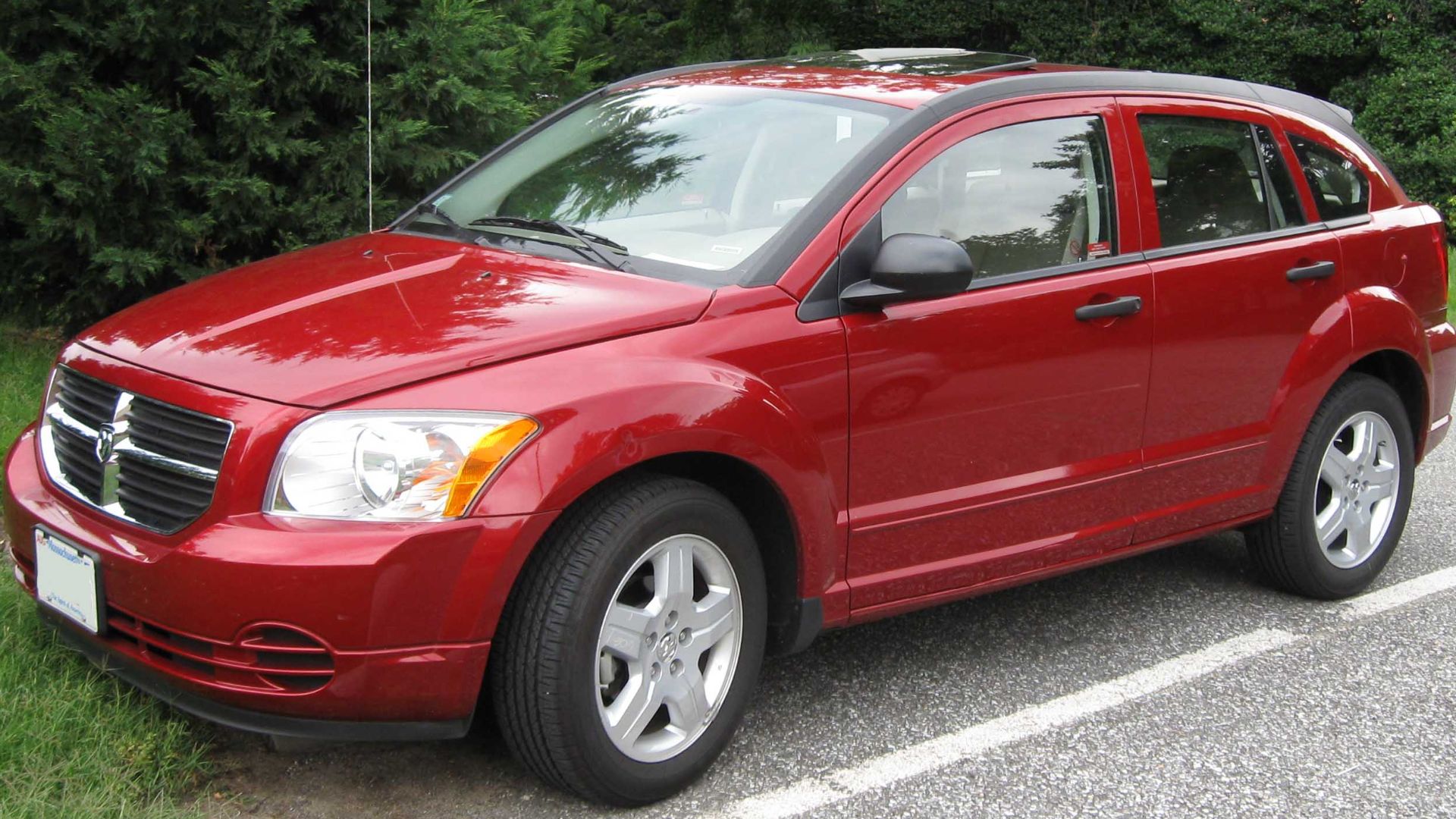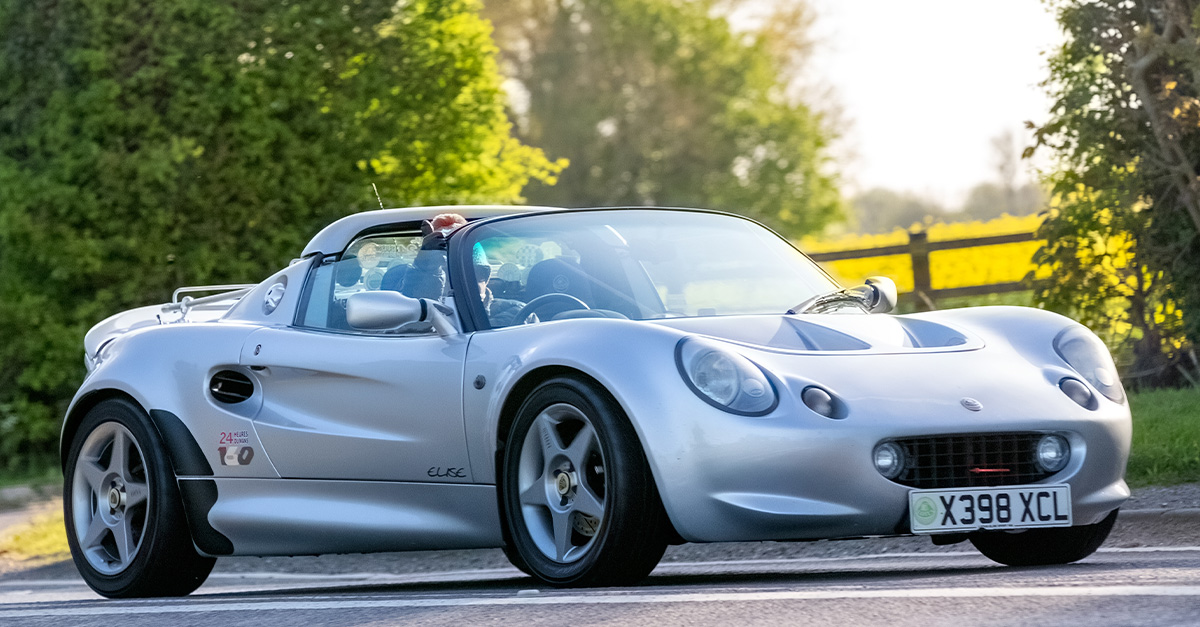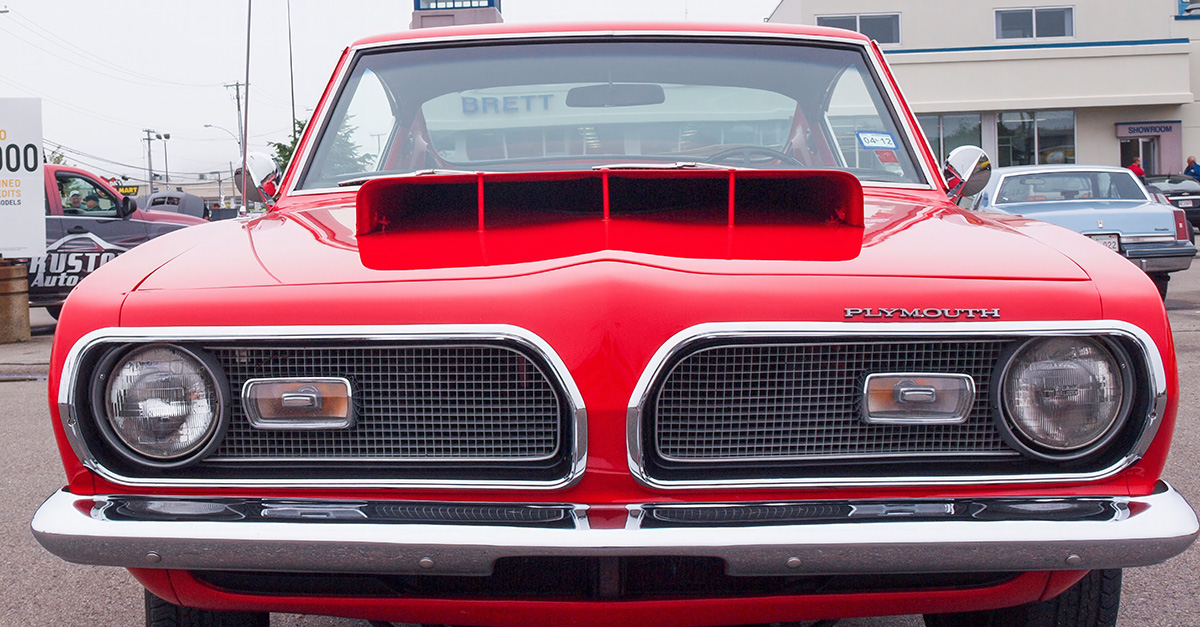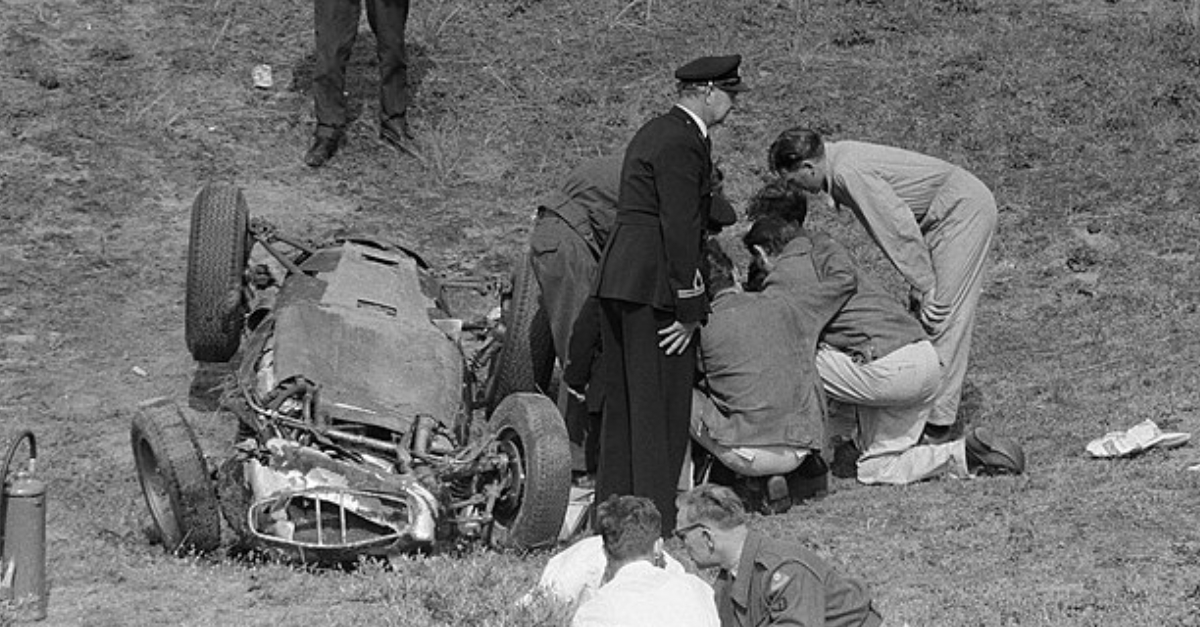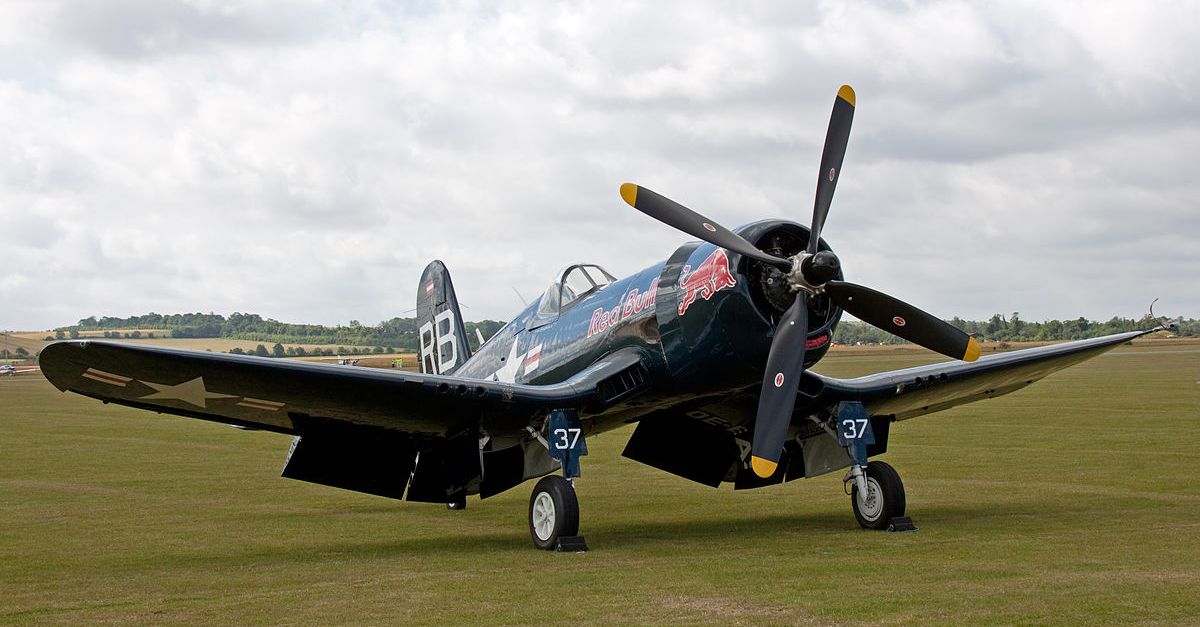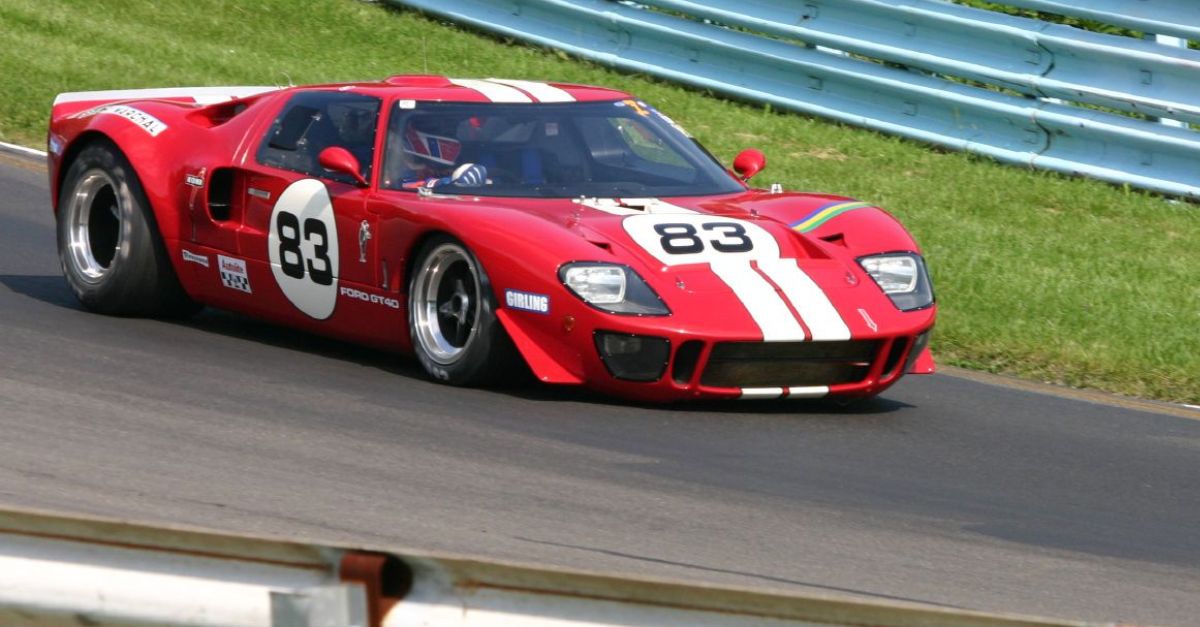Misunderstood Cars
Some cars carry reputations so bad they’re practically legends for the wrong reasons. Yet dig beneath the jokes and headlines, and surprising stories emerge. These machines weren’t failures at all—they were misunderstood, ahead of their time, or simply judged too harshly.
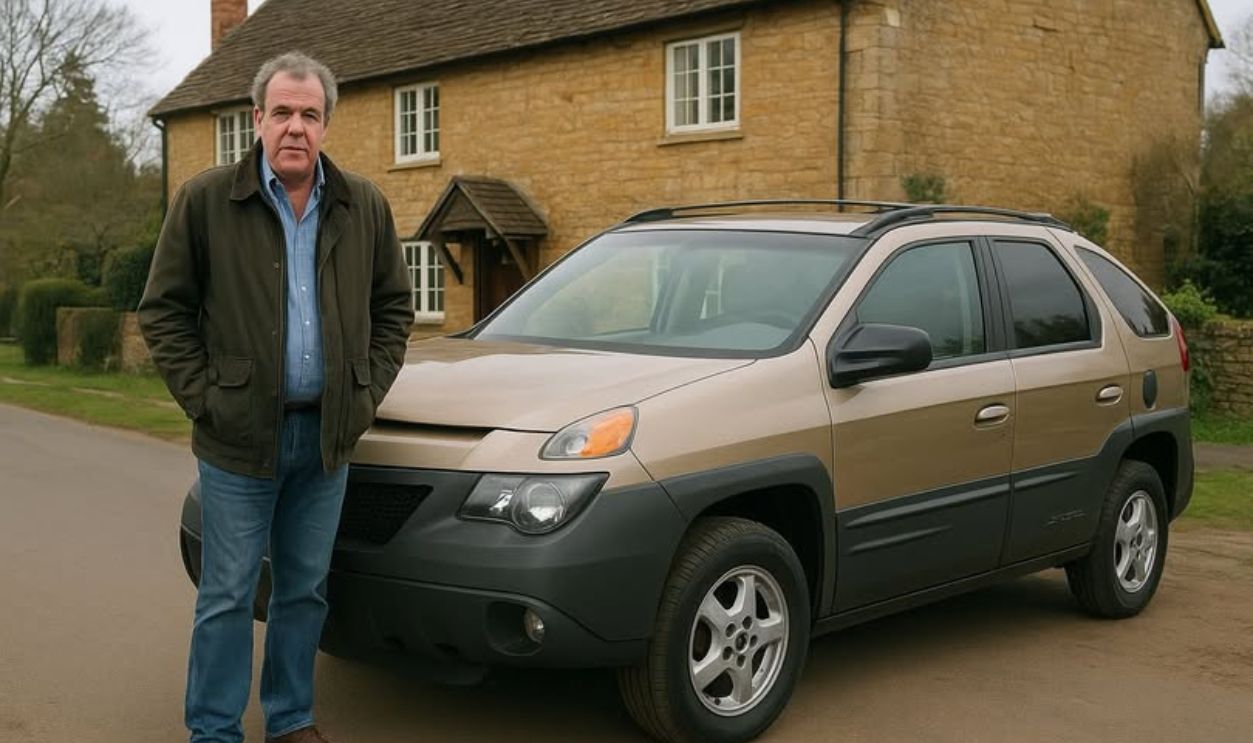
Pontiac Aztek
Critics mocked the Pontiac Aztek’s design from the moment it debuted, branding it one of the ugliest cars ever made. Yet beneath the unconventional styling, it offered practical features rarely seen at the time. With MacPherson strut front suspension and a built-in removable drink cooler, the Aztek blended utility with creativity.
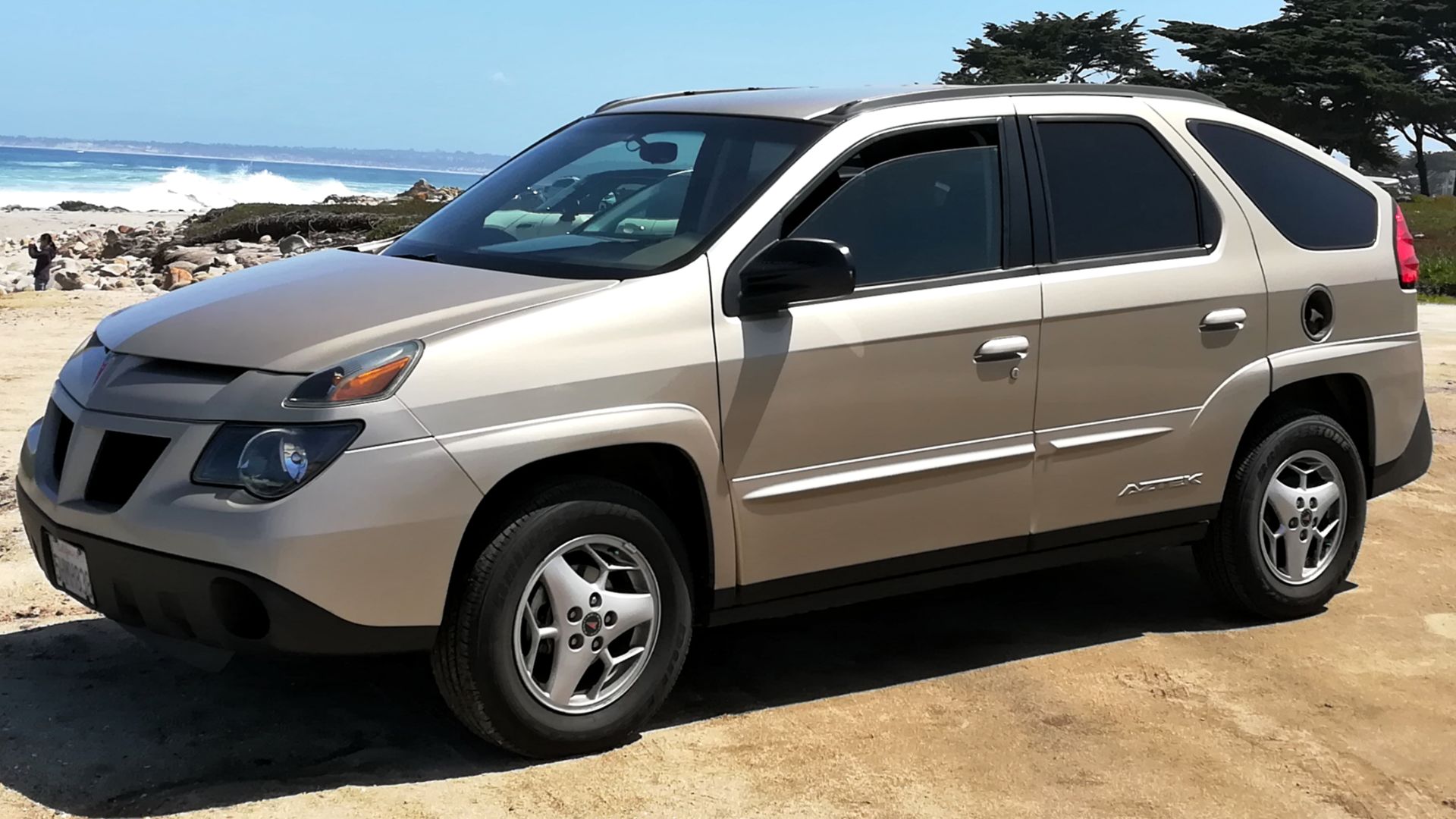 Alexander Migl, Wikimedia Commons
Alexander Migl, Wikimedia Commons
Chrysler PT Cruiser
Disregarded by many for looking outdated, the Chrysler PT Cruiser was often criticized as a car stuck in the past. Yet, it borrowed inspiration from 1930s automotive elegance and wrapped it into a modern, versatile package. Available as both a sedan and a convertible, the PT Cruiser resonated with buyers who wanted practicality paired with nostalgia.
AMC Gremlin
The AMC Gremlin drew ridicule for its unusual proportions. However, the car represented a clever response to America’s growing appetite for compact imports in the 1970s. AMC shortened its Hornet platform and created a budget-friendly subcompact that still stood out in design. Even its factory-installed Levi’s denim interiors pushed boundaries in economy-car creativity.
Ford Pinto
Ford’s Pinto became synonymous with scandal after high-profile reports of fuel tank fires cast a long shadow over the model. What often gets overlooked is that the Pinto was Ford’s ambitious attempt to compete with affordable imports, arriving in 1971 as a sedan, hatchback, and wagon. Lightweight and inexpensive, it appealed to budget-conscious drivers.
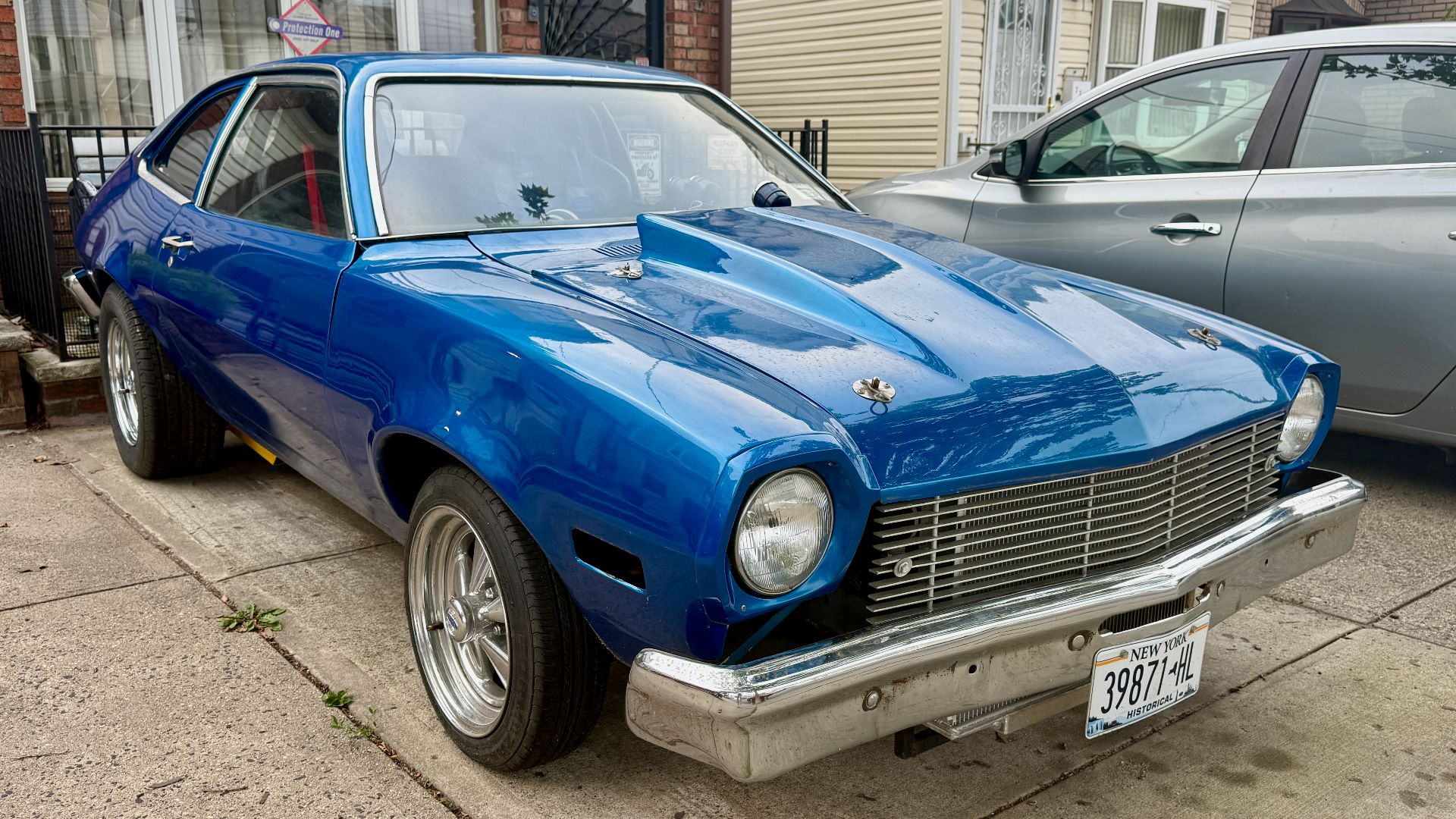 Oleg Yunakov, Wikimedia Commons
Oleg Yunakov, Wikimedia Commons
Chevrolet Vega
Concerns over reliability clouded the Chevrolet Vega’s legacy, overshadowing the innovations it introduced. Its aluminum engine block was a bold leap in engineering for a compact, and its vertical rail shipping system revolutionized transport efficiency. Between 1970 and 1977, the Vega showcased forward-thinking design, earning Motor Trend’s 1971 Car of the Year award.
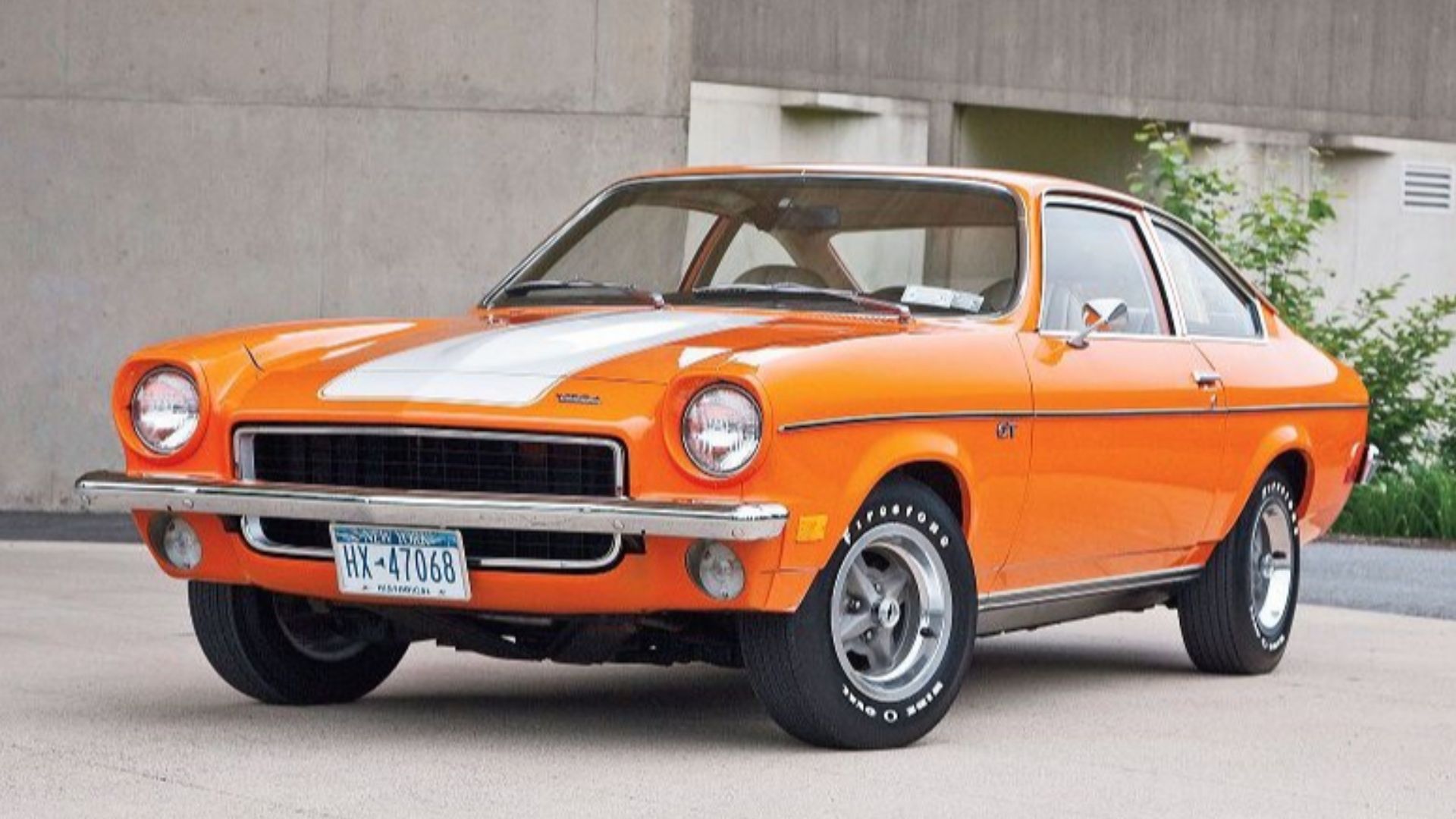 Vegavairbob (talk) 02:27, 20 September 2010 (UTC) Robert Spinello, Wikimedia Commons
Vegavairbob (talk) 02:27, 20 September 2010 (UTC) Robert Spinello, Wikimedia Commons
Yugo GV
Many remember the Yugo GV for late-night punchlines rather than for its actual purpose. Yet beneath the ridicule was a Fiat 127-based design that brought European practicality across the Atlantic at rock-bottom prices. By making car ownership accessible to many first-time buyers, the Yugo offered simple, affordable mobility.
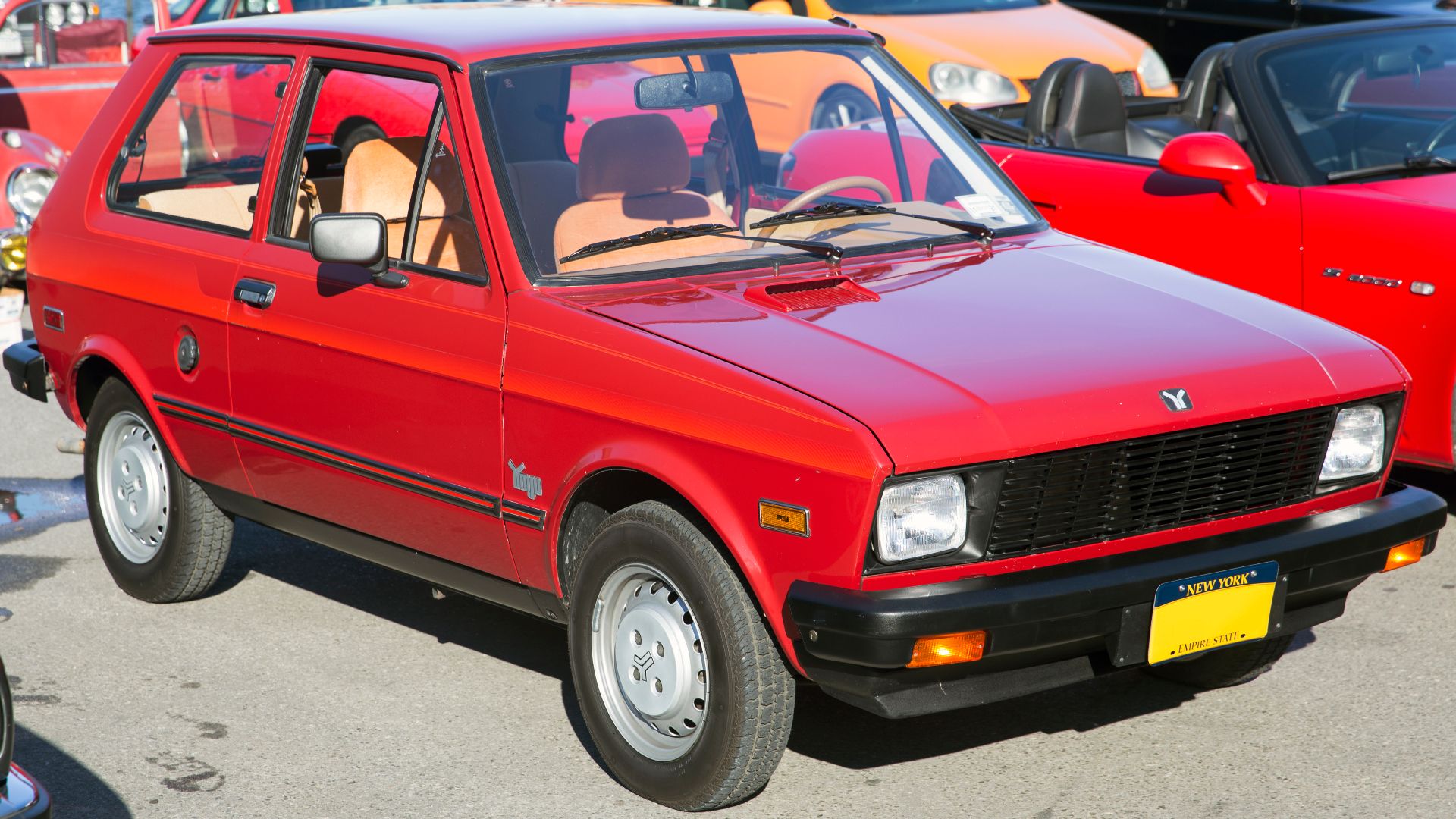 Mr.choppers, Wikimedia Commons
Mr.choppers, Wikimedia Commons
Fiat Multipla
Often mocked for its odd proportions, the Fiat Multipla became shorthand for unconventional styling. But that design had a clear purpose: to fit three seats across both front and rear rows, making it one of the most space-efficient family cars of its era. Introduced in 1998, this compact MPV prioritized function over form and won accolades, including Top Gear’s Car of the Year.
 Corvettec6r, Wikimedia Commons
Corvettec6r, Wikimedia Commons
Saturn Ion
The Saturn Ion’s unusual center-mounted gauges and unconventional styling drew criticism from traditional buyers. What’s often forgotten is the model’s practical benefits, including dent-resistant polymer body panels that kept it looking newer for longer. Between 2003 and 2007, the Ion even offered the Red Line edition, a supercharged variant.
AMC Pacer
Nicknamed “the fishbowl” for its expansive glass and rounded shape, the AMC Pacer became a punchline during its run from 1975 to 1980. Critics targeted its quirky proportions, but owners valued its wide body and unusually roomy interior. Pop culture revived its reputation, most famously in Wayne’s World.
Dodge Neon
Dismissed by some as an economy car lacking refinement, the Dodge Neon actually delivered standout engineering for its segment when it debuted in 1994. With sharp handling and lively acceleration, it redefined what a budget-friendly compact could offer. Add in its cheerful “Hi” marketing campaign, and the Neon positioned itself as an affordable car that didn’t compromise.
Chevrolet Cavalier
Critics often remember the Chevrolet Cavalier as uninspiring, yet its real story is one of adaptability and success. Offered in sedan, coupe, and convertible forms, it became a fixture of the American compact market. From 1982 through 2005, it consistently ranked among the nation’s top sellers, even inspiring the Pontiac Sunfire.
Mitsubishi Mirage
Usually undervalued for being basic, reviewers called the Mitsubishi Mirage too plain. Still, its no-frills approach has been central to its enduring appeal since 1978. Known as the Colt or Space Star in other markets, the Mirage carved a niche as an affordable, fuel-efficient commuter.
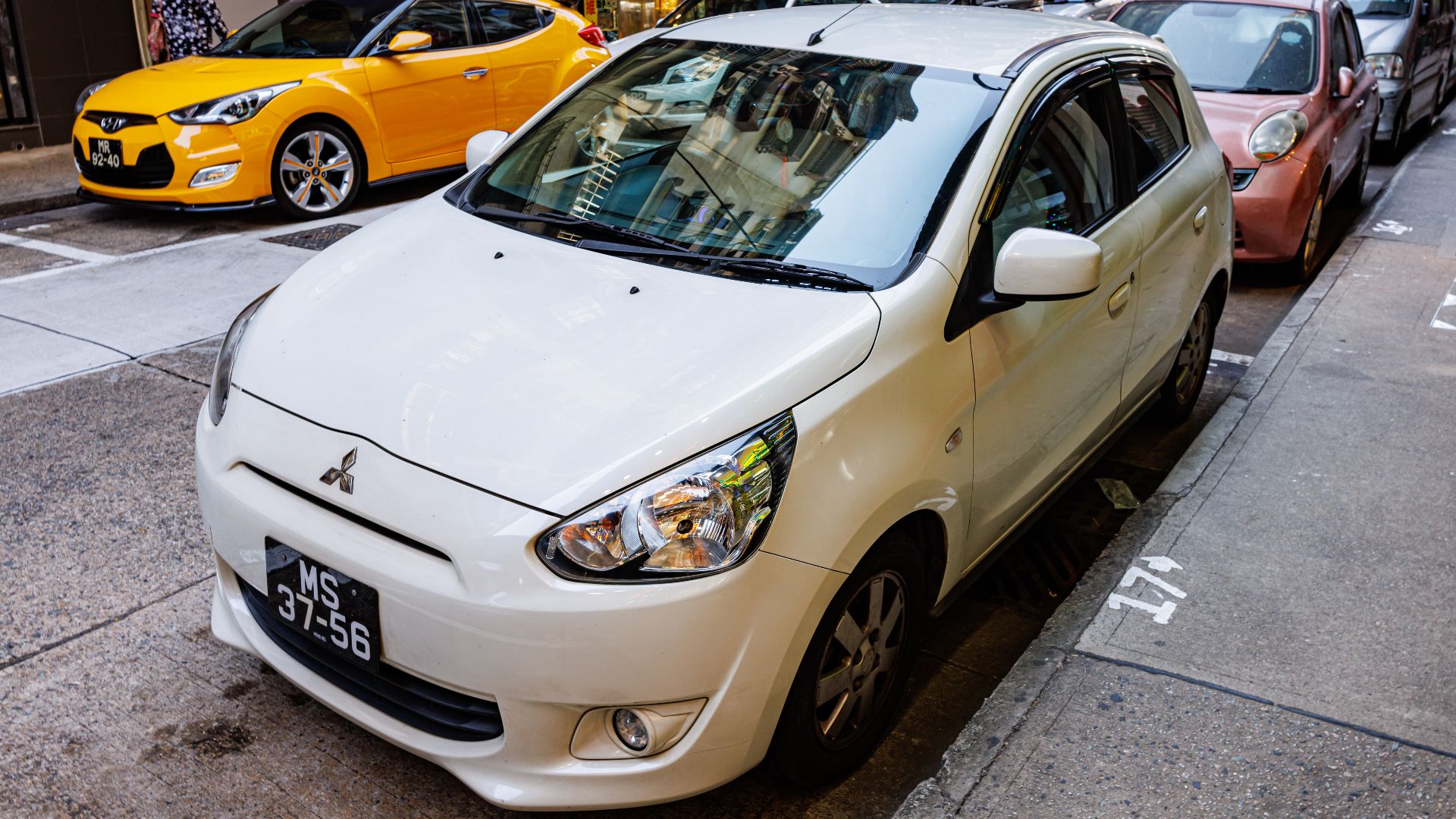 Dinkun Chen, Wikimedia Commons
Dinkun Chen, Wikimedia Commons
Hyundai Excel
Becoming shorthand for cheap, Hyundai’s early reliability issues hurt the brand’s image. Yet when it launched in 1985, the Excel was a breakthrough. As Hyundai’s first front-wheel-drive car in America, available as both sedan and hatchback, it offered accessible mobility at a time when prices were climbing.
Renault Dauphine
The Renault Dauphine is often remembered as underpowered, a reputation cemented by American drivers who struggled with its modest performance. But the compact French import was designed for efficiency, not speed, and it offered stylish, budget-conscious transportation in an era when domestic options were anything but small.
Toyota Prius
Few cars have been mocked as relentlessly as the Toyota Prius, often called dull. That perception ignores its game-changing role. By pioneering hybrid technology, offering real-time energy monitoring, and delivering exceptional fuel economy, the Prius revolutionized the way millions drive.
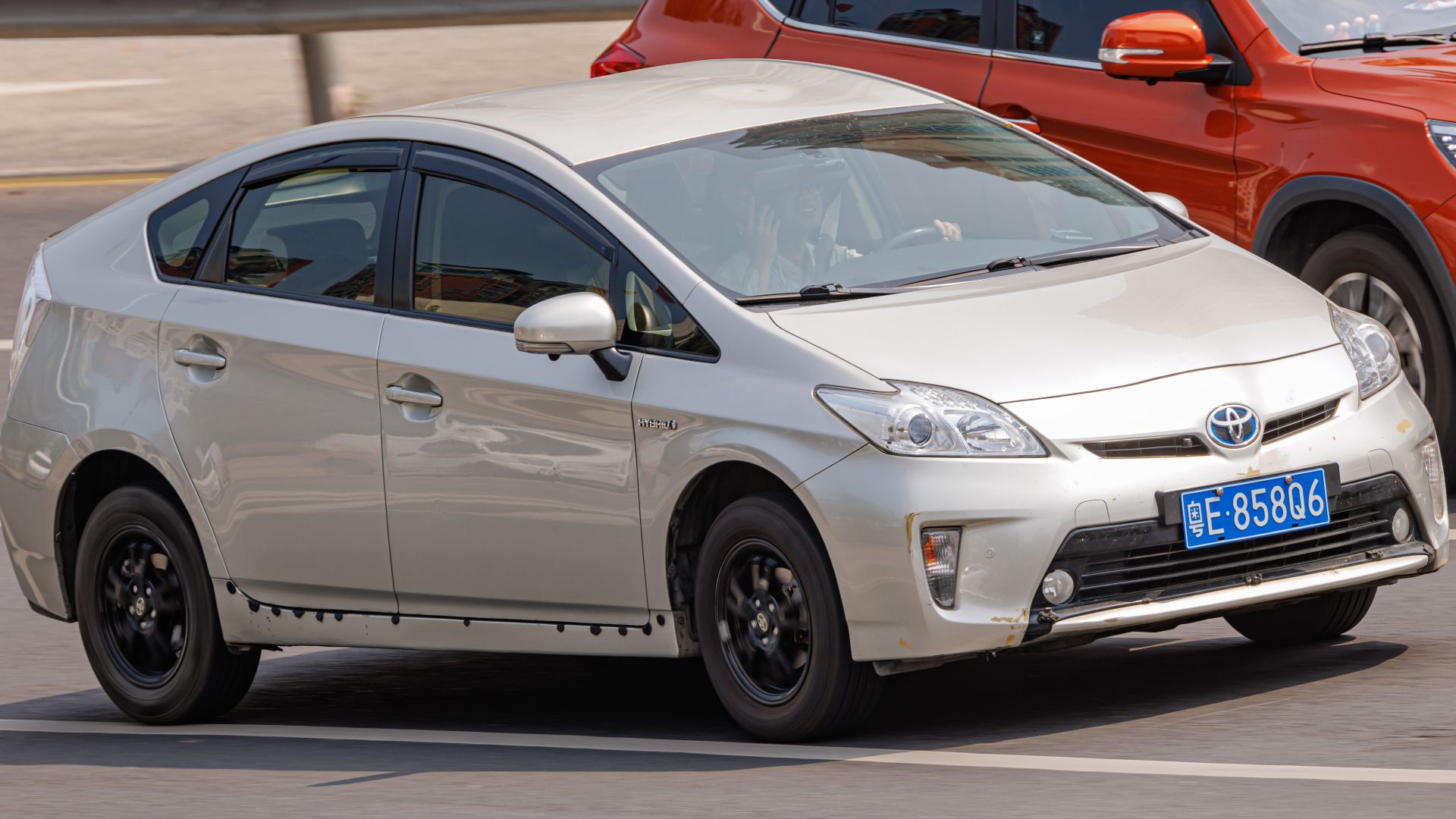 Dinkun Chen, Wikimedia Commons
Dinkun Chen, Wikimedia Commons
Nissan Cube
Its quirky styling made the Nissan Cube a frequent target for jokes. However, every element of its design served a purpose: maximizing interior comfort and expressing individuality. With a sofa-like rear bench and a dashboard inspired by Zen ripples, the Cube created an atmosphere unmatched by conventional compacts.
 Hatsukari715, Wikimedia Commons
Hatsukari715, Wikimedia Commons
Kia Soul
Some criticized the Kia Soul’s boxy design when it debuted in 2008. But that sharp identity became its greatest strength. Backed by marketing that featured the now-iconic dancing hamsters, the Soul stood out in a crowded crossover market with its roomy interior and playful personality.
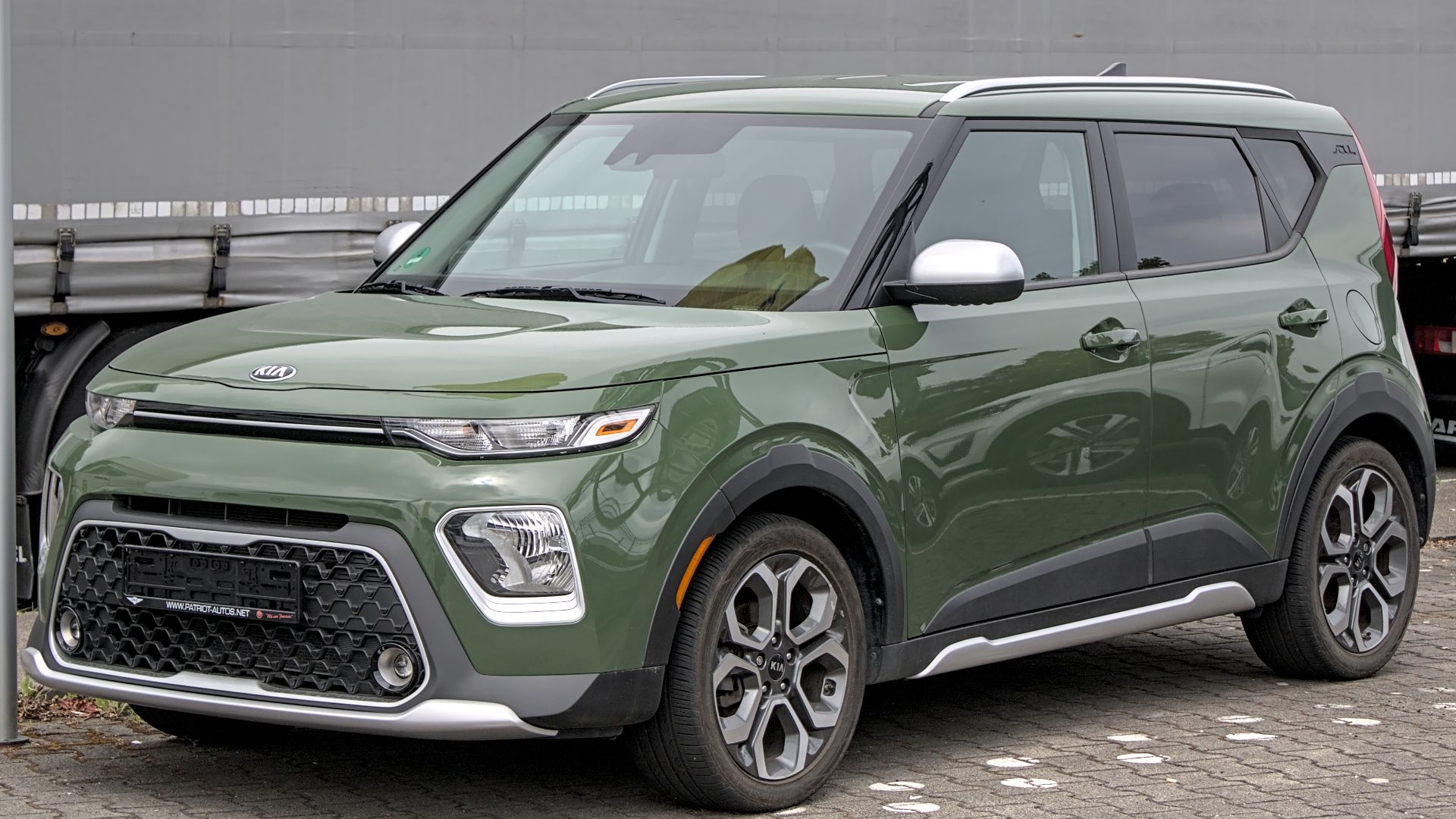 Alexander-93, Wikimedia Commons
Alexander-93, Wikimedia Commons
Honda Element
The Honda Element’s blocky shape earned it plenty of criticism for looking awkward, but functionality was always the goal. Built from 2003 to 2011, it catered to active lifestyles with water-resistant interiors and removable rear seats that encouraged worry-free adventures. Instead of chasing SUV convention, the Element embraced utility and freedom.
Plymouth Prowler
Many thought that the Plymouth Prowler’s hot-rod-inspired styling and exposed front wheels were a design gimmick with little substance. In reality, the Prowler was a technical showcase. Produced from 1997 to 2002, it featured advanced aluminum construction that kept weight down and delivered responsive handling with V6 power.
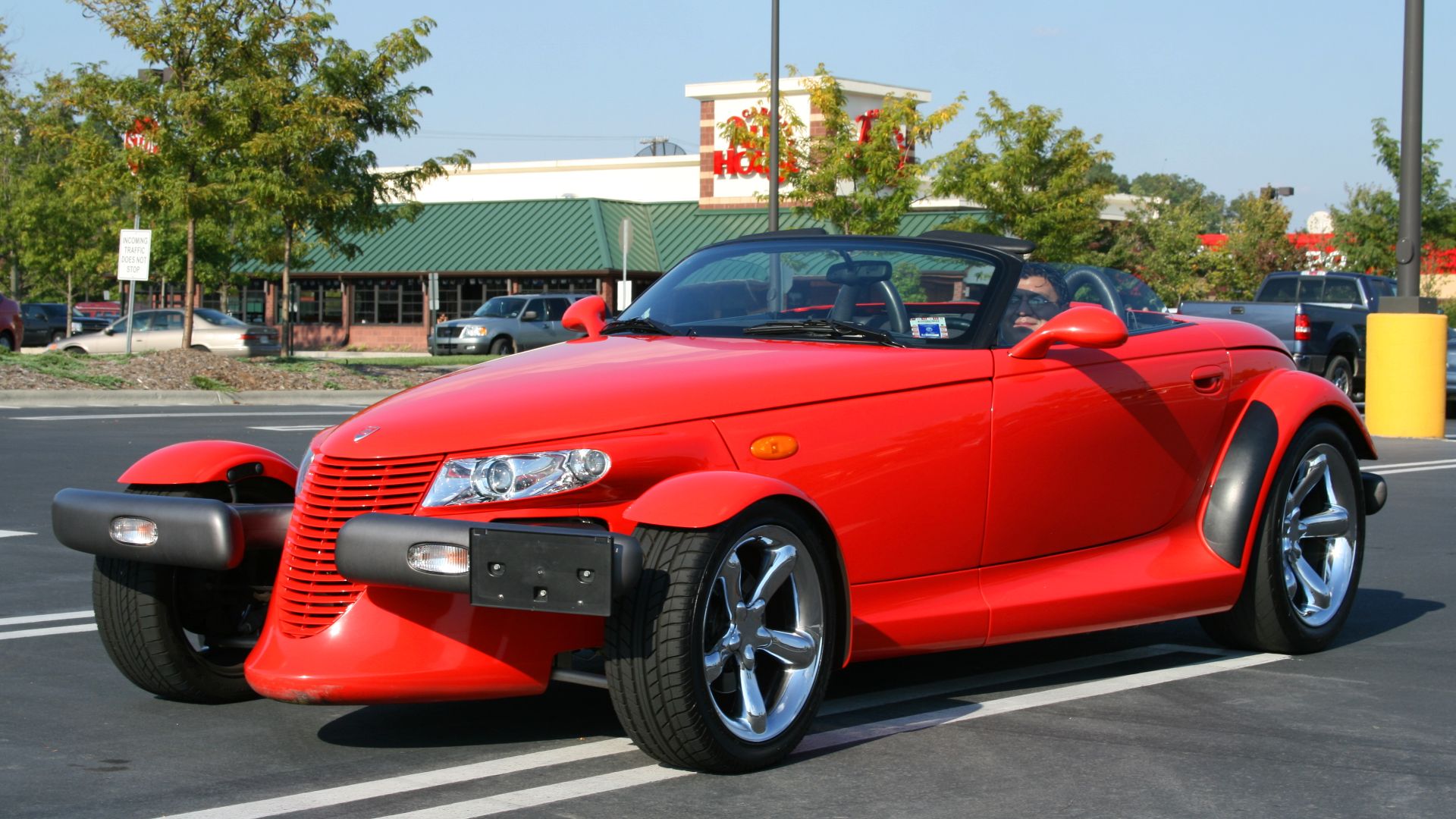 Ildar Sagdejev (Specious), Wikimedia Commons
Ildar Sagdejev (Specious), Wikimedia Commons
Volkswagen New Beetle
For some, the Volkswagen New Beetle released in 1997 seemed like an exercise in nostalgia rather than innovation, with its cheerful looks downplayed by critics. Beneath its playful exterior—and even its built-in flower vase—was a thoroughly modern car featuring a front-engine, front-wheel-drive layout, and a muscular Turbo S variant.
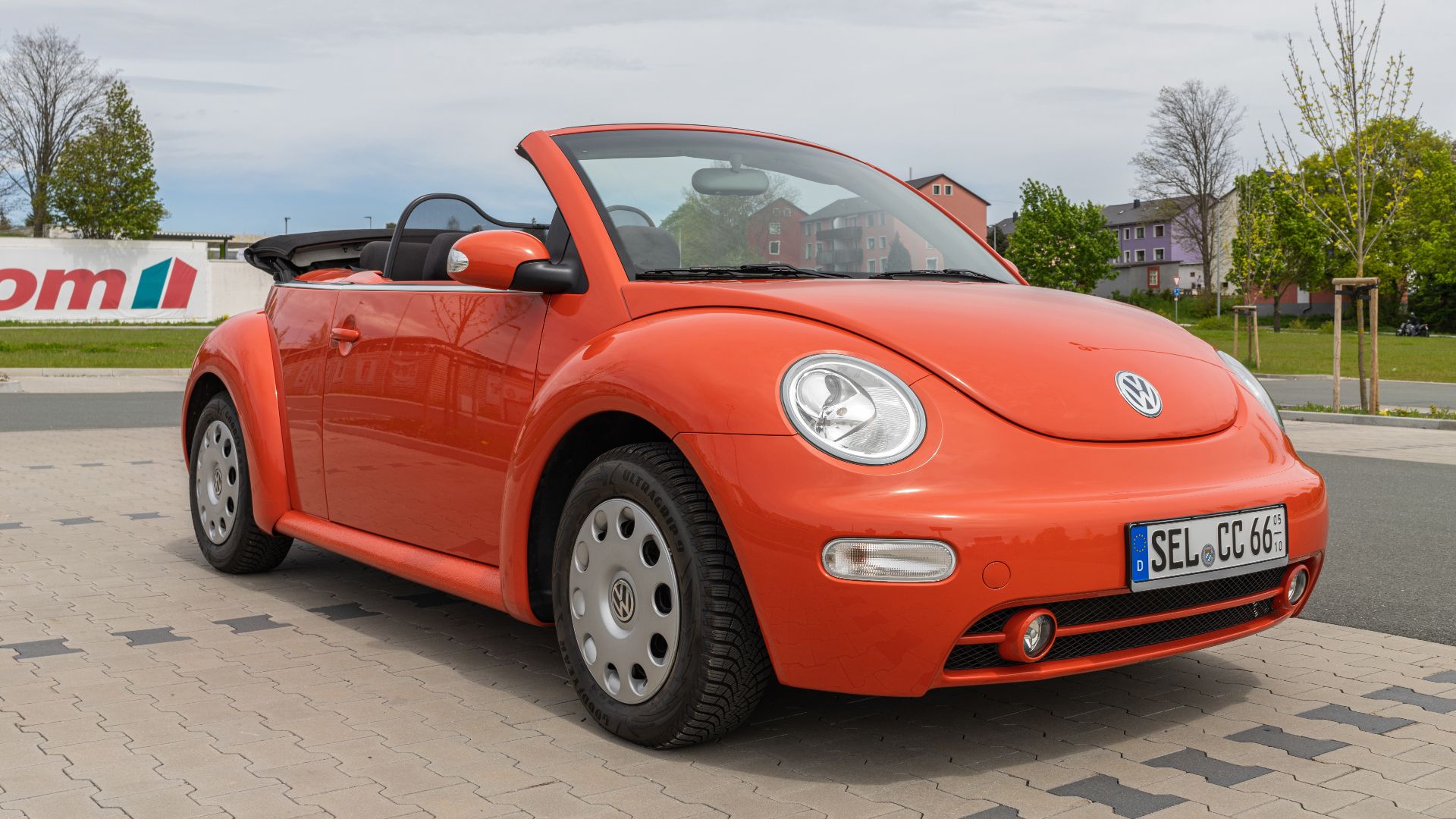 PantheraLeo1359531, Wikimedia Commons
PantheraLeo1359531, Wikimedia Commons
Smart Fortwo
Jokes about size and safety plagued the Smart Fortwo. What gets overlooked is its true purpose: urban efficiency. Designed for tight European streets, it offered unmatched maneuverability and exceptional fuel economy. For city dwellers, its two-seat simplicity delivered exactly the kind of transportation others couldn’t.
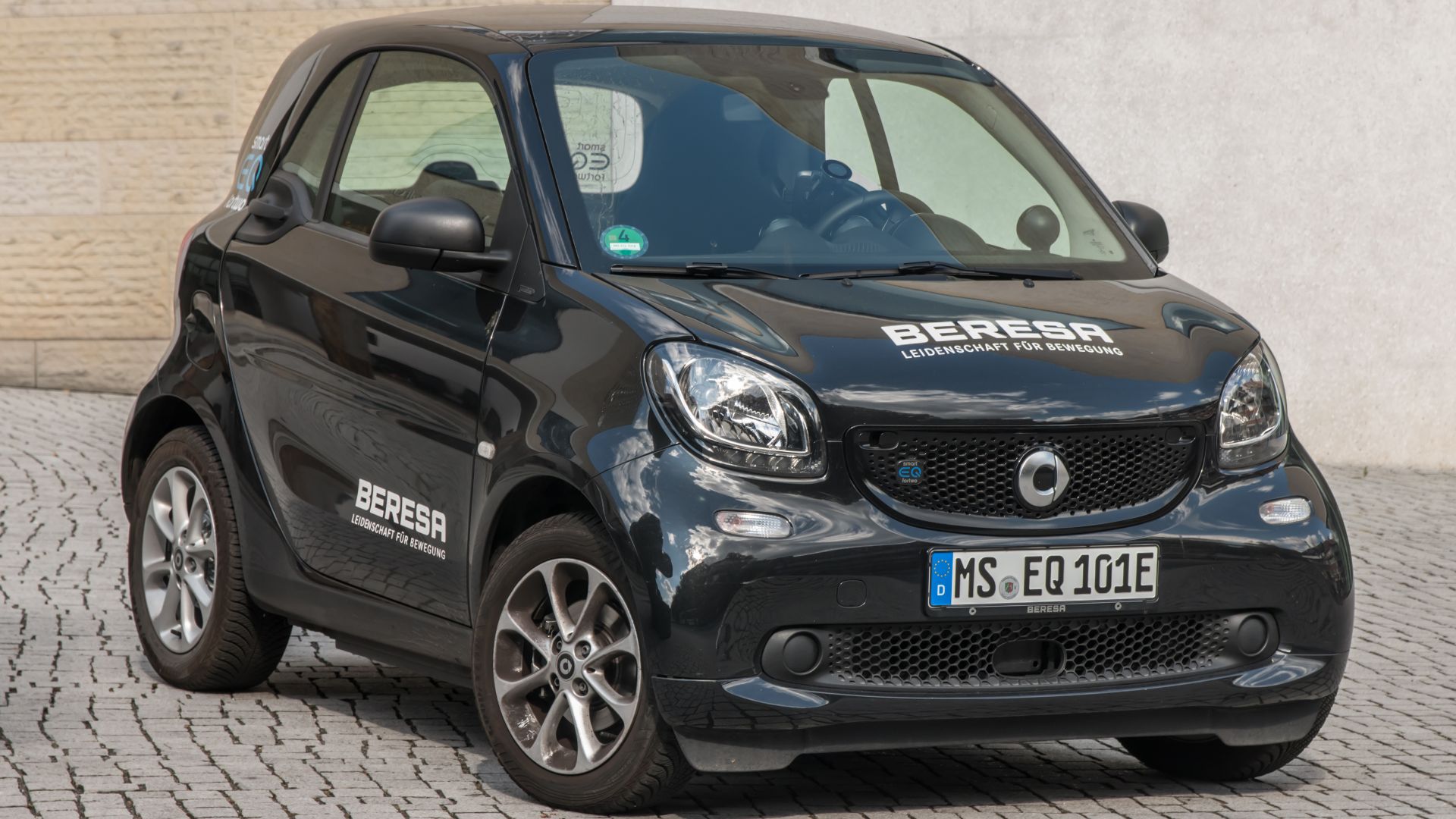 Johannes Maximilian, Wikimedia Commons
Johannes Maximilian, Wikimedia Commons
Suzuki Samurai
The Suzuki Samurai’s reputation took a hit when safety reports highlighted rollover risks, overshadowing its actual abilities. Despite the criticism, this 1985 arrival redefined what a 4x4 could be. Compact and genuinely capable off-road, it offered adventure without the bulk of traditional SUVs.
 Rutger van der Maar, Wikimedia Commons
Rutger van der Maar, Wikimedia Commons
Chevrolet HHR
Some disregarded the Chevrolet HHR as nothing more than a retro copycat when it arrived in 2005, borrowing styling cues from the 1949 Suburban. But under its nostalgic exterior was real utility. With fold-flat rear seats, it functioned as a versatile cargo hauler. Even businesses adopted the panel van versions.
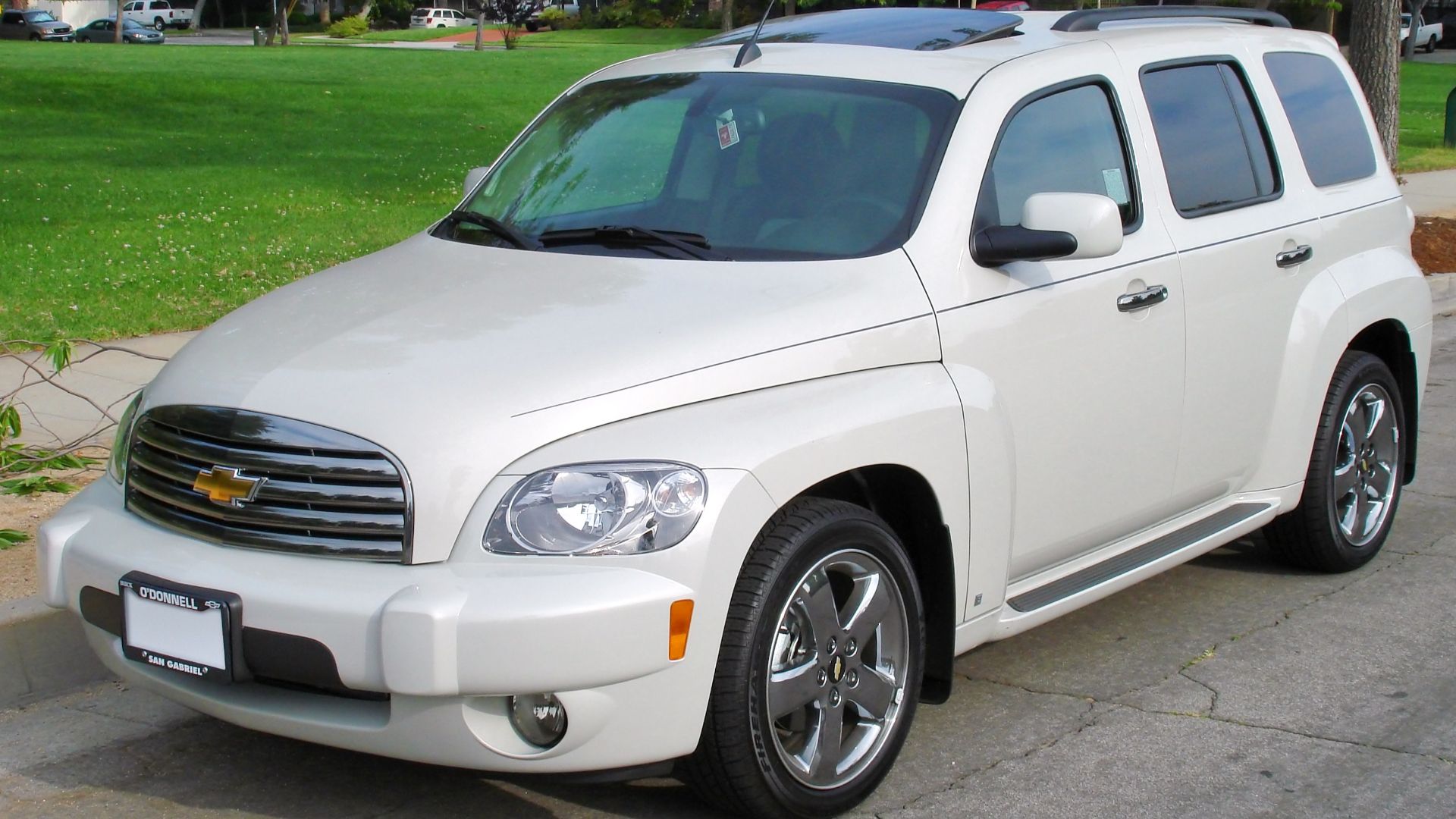 Rich Niewiroski Jr., Wikimedia Commons
Rich Niewiroski Jr., Wikimedia Commons
Scion xB
Boxy styling made this compact a polarizing sight when it arrived in 2003, with many dismissing its unconventional shape. Over time, though, its appeal became undeniable. Owners embraced the roomy interior, customization options, and everyday practicality, which transformed the Scion xB from quirky experiment into a beloved small car.
Dodge Caliber
Critics often wrote this hatchback off as uninspired, overlooking the thoughtful touches it brought between 2007 and 2012. A chilled glovebox and available all-wheel drive offered uncommon versatility in its class. Affordable yet adaptable, the Dodge Caliber proved more useful than its reputation suggested.

